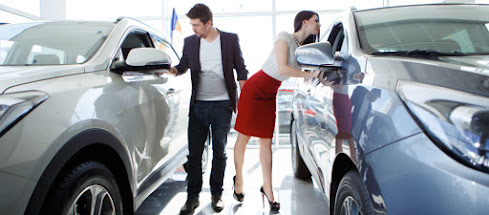 |
| Picture source: NRMA Australia. |
Car crash testing involves awarding starts depending on their safety in preset crash tests. Because all cars are assessed by the same standards, it's a case of comparing apples with apples. One can decide whether a car meets your safety standards compared to the competition before you make a purchase decision.
What happens if the testing organisation moves the goal posts? Then it would depend on when the vehicle was tested. If they were tested years apart, then the comparison between models becomes irrelevant. A recent example in Australia highlights this.
A few years ago, a Renault van was tested and got three stars. Since then, many safety aids were added to the scoring system. Mitsubishi released the same van onto the market but rather than apply the same stars to it as the equivalent Renault model, the van was retested and the result was a zero star score.
So here we have the same van sold under two nameplates, one can claim a three-star safety rating and the other zero. It exposed an anomaly where vehicles that have been on the Australian market for several years may have a five-star rating and a new model that may have more safety features could receive a lower rating, due to the much stricter scoring regime applied to it.
How is that supposed to help people make an informed choice? Until recently tests only covered structural safety and now technological safety features have been added. Surely for the time being a structural score and a technological score could both be issued. That would let people know that the structural integrity of the vehicle is sound but it lags in the technology side of safety.
At some point in the future, the stars could be combined from both sides to create a higher star rating of say ten rather than just five. Giving a vehicle a zero score when it has some structural safety is misleading. The zero to five scoring system is too narrow to allow for this.
The organisation ANCAP - which was behind this bizarre situation - introduced its tougher scoring system with good intent. As virtually all cars now get a five-star rating, the results weren't saying much. Adding new criteria was a way to highlight the safety features modern cars are expected to have.
But to have a system that makes older vehicles look safer than new ones (when in some cases the opposite is the case) is working against helping people chose safer vehicles. For this, I give ANCAP zero stars.
No comments:
Post a Comment